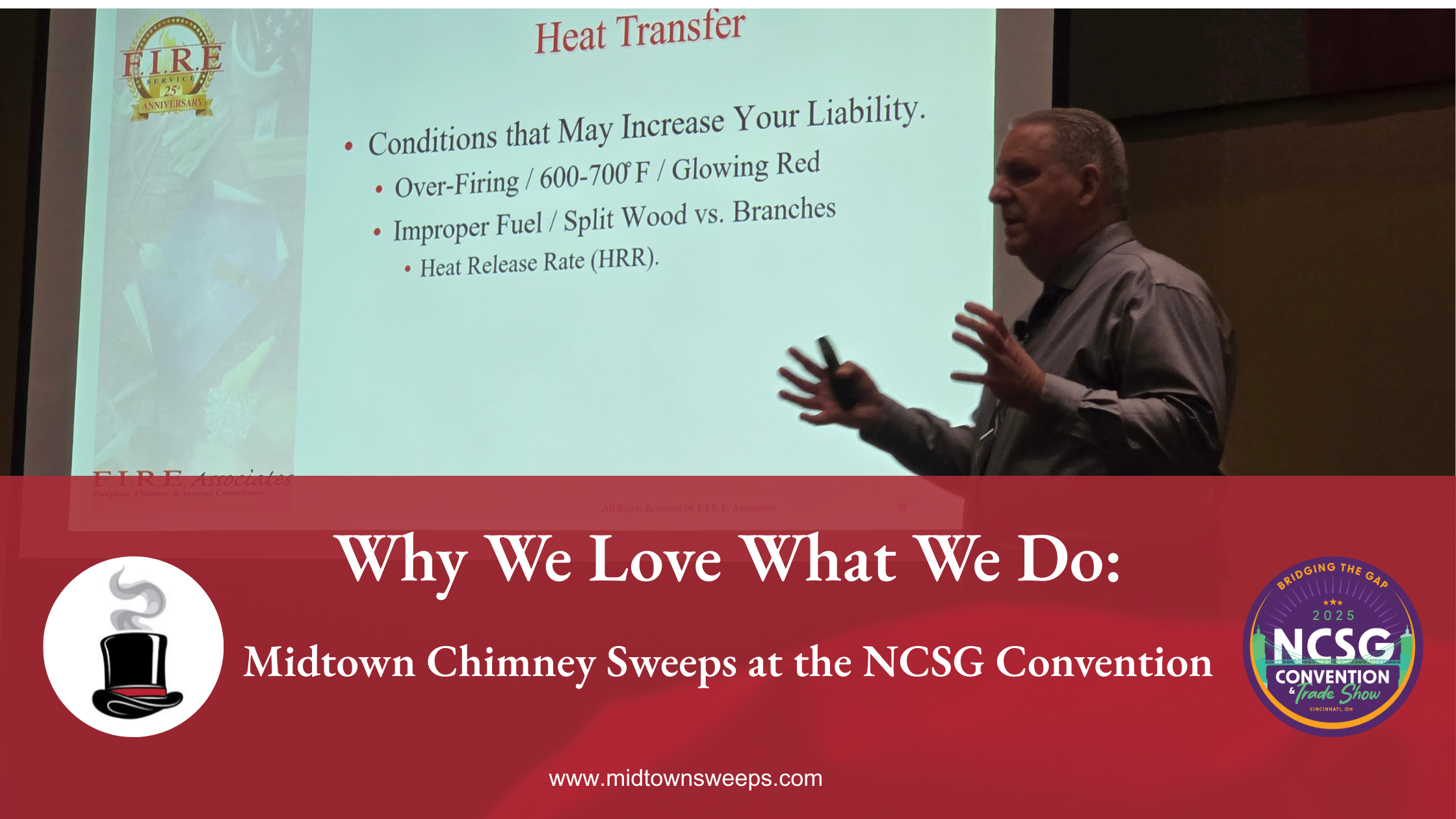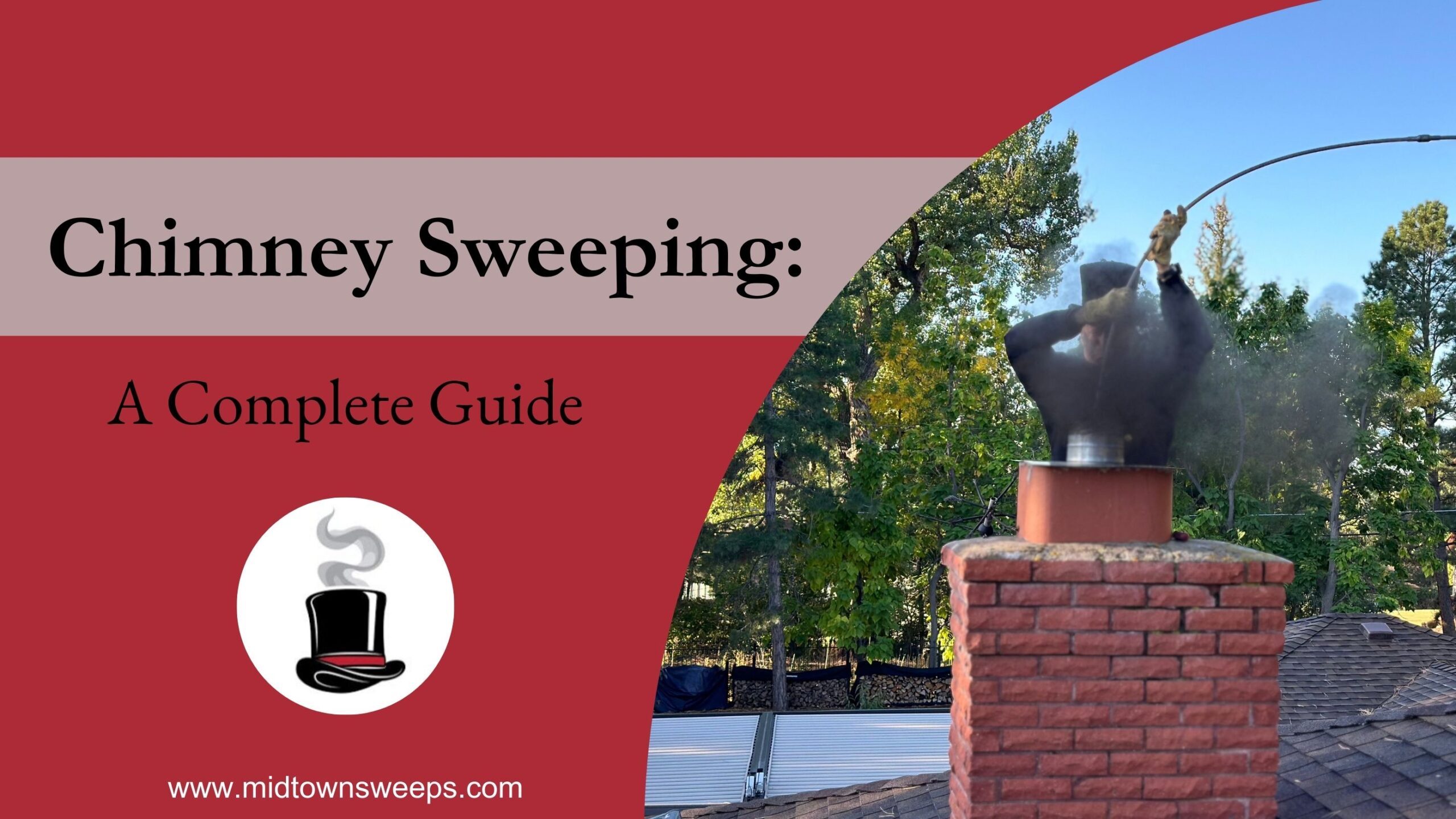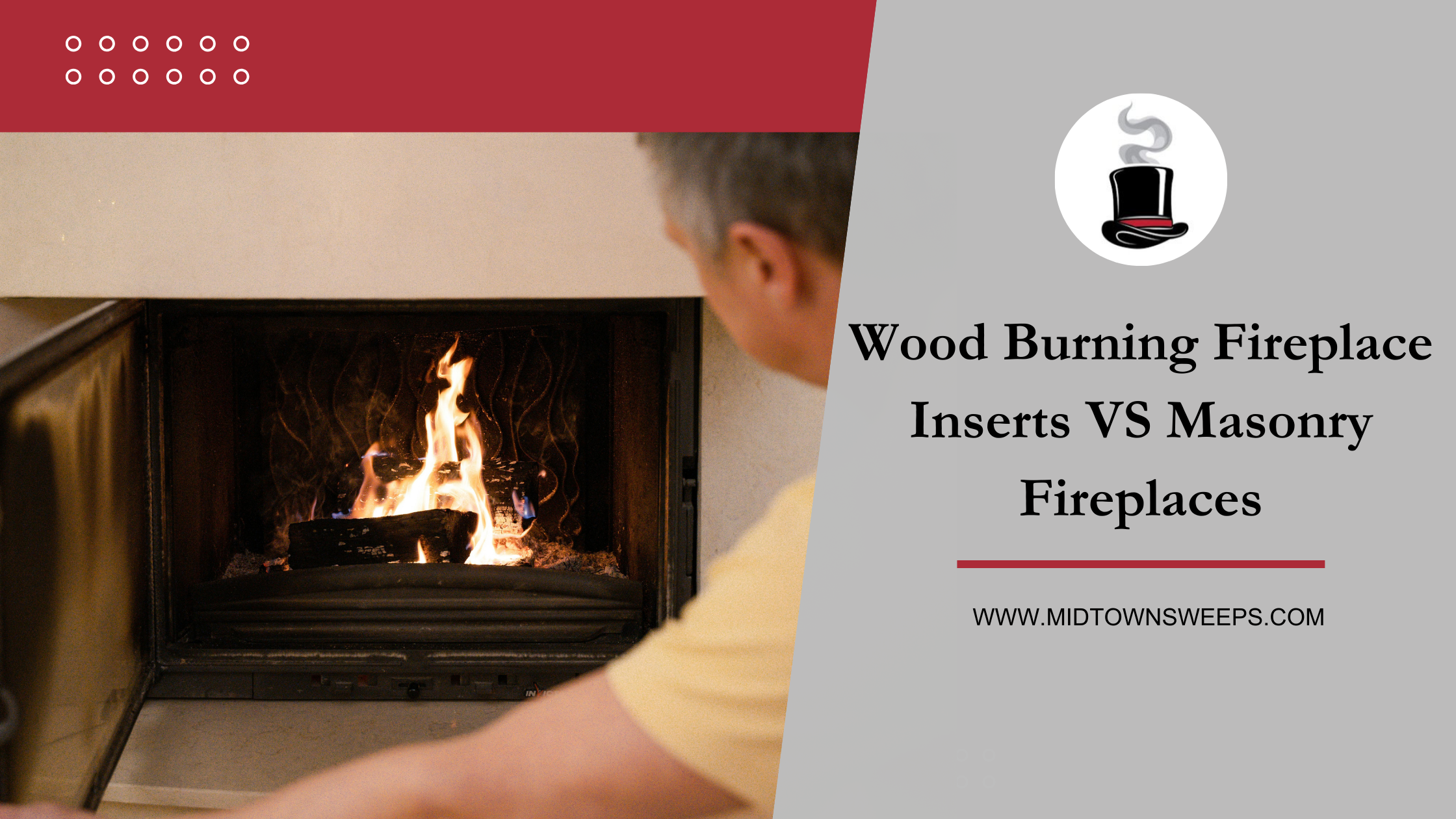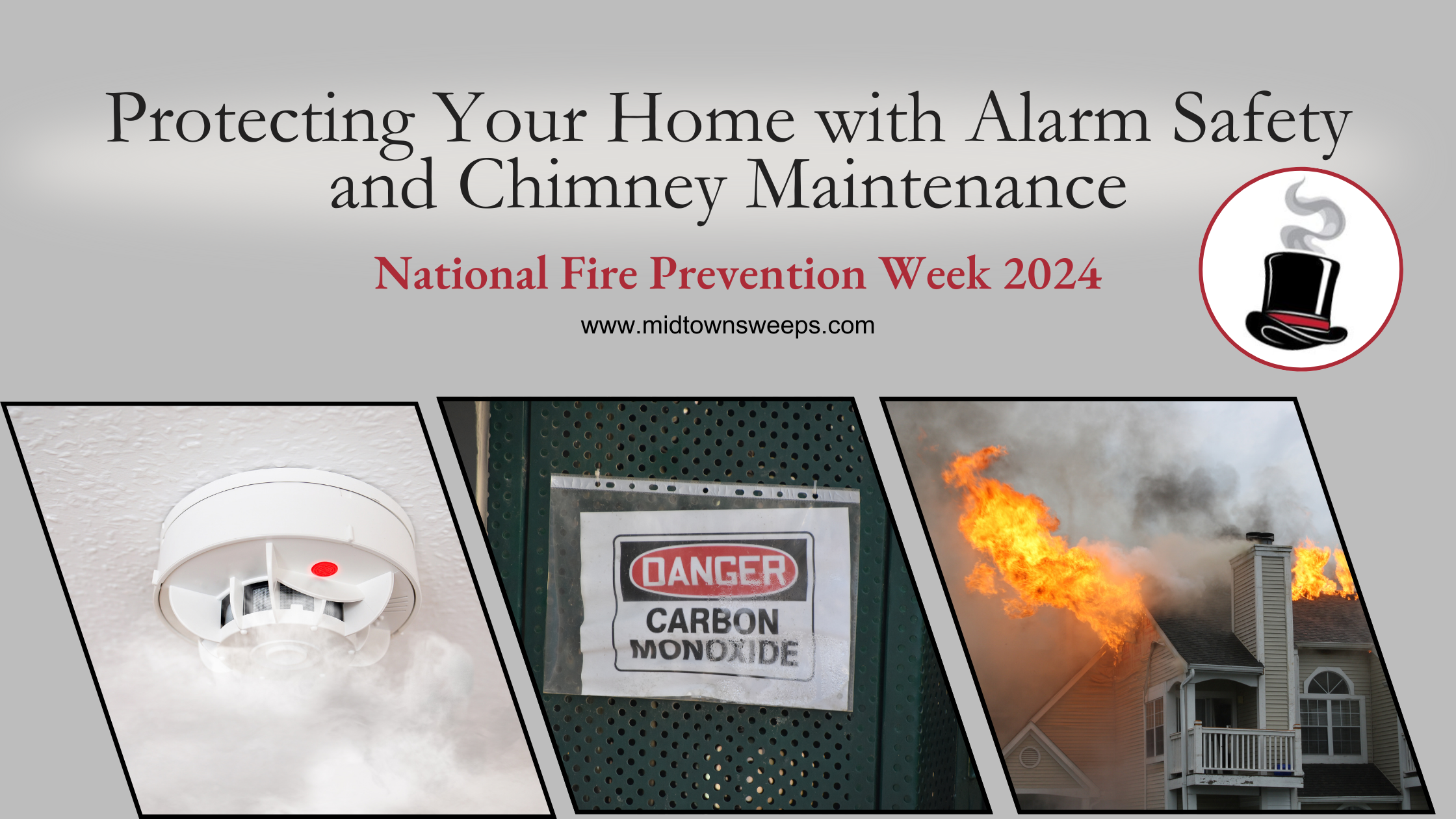The world is upside down. And so is the way we start fires now too! Check out this video on a time-tested way to learn how to build a fire in a fireplace… anywhere… and make the wood last longer!
Learn how to how to build a fire in a fireplace with a new twist- from the top down!
Frustrated Fire Building…
It is no secret that starting a fire in a wood fireplace or brick fireplace can be a challenge. In this video Midtown Chimney Sweeps franchisee Adam Rebling exposes the myths in fire building. Should the wood be stacked up criss-cross with spaces over the top of a tiny flame? Or is it best to stack the wood tight and have little or no airspace between the wood… and then light it from above? What will happen?
Fire building in Factory Built or Masonry Fireplaces
It is important to note that cold flues do not establish adequate draft. To get a fire going you need to heat the chimney and get the gases going up. After draw is established the fire takes on a life of its own. Until that happens it is a bitter cold world for that baby flame on the tinder. A lonely match against 20 cubic feet of cold air bearing down its tiny life. But if you use Timburn firestarter, which is an oil based fluid with a flash point below 160 degrees– it will keep heating the chimney for up to 10 minutes while establishing draw.
This is critical if the fire is going to be built correctly. Some folks use a match to light the kindling… but this is challenging unless things are moving upward. So we recommend using a small newspaper torch to help accelerate the cold flue gases and get them pushing that cold column of air up and outward to the top of the chimney. Then the fire takes off!
Combustion Process
As the firebox warms up it reflects the heat back on the kindling fire and this begins warming the wood.
- The first step of combustion is drying. the wood needs to dry out and release the moisture. Good firewood should have about 15-25% moisture content. This means it should be cut and stacked for a year prior to burning.
- The second step of combustion is pyrolysis. This means the wood is now so dry that it chemically changes itself and the typical combustible temperature of wood being 450 degrees drops to around 250 to 300 degrees. Now the wood is releasing carbon and mixing with oxygen in the burn chamber and fire is visibly releasing heat in the optically visible range. Look closely, the fire actually burns 1/32nd of an inch above the wood, not on the wood!
- The third step of combustion is charcoalization. This is the glowing ember phase where the open flame is not always visible. The wood is so hot and so fragmented that air is being pulled down close to the gases being released from the super heated carbon based wood. It visibly glows.
We hoped this article was informative and helpful for you as you begin to build fires of your own!
Call us today for a chimney sweeping appointment where we can show you how to build a fire in your own fireplace!
844-793-3766
















